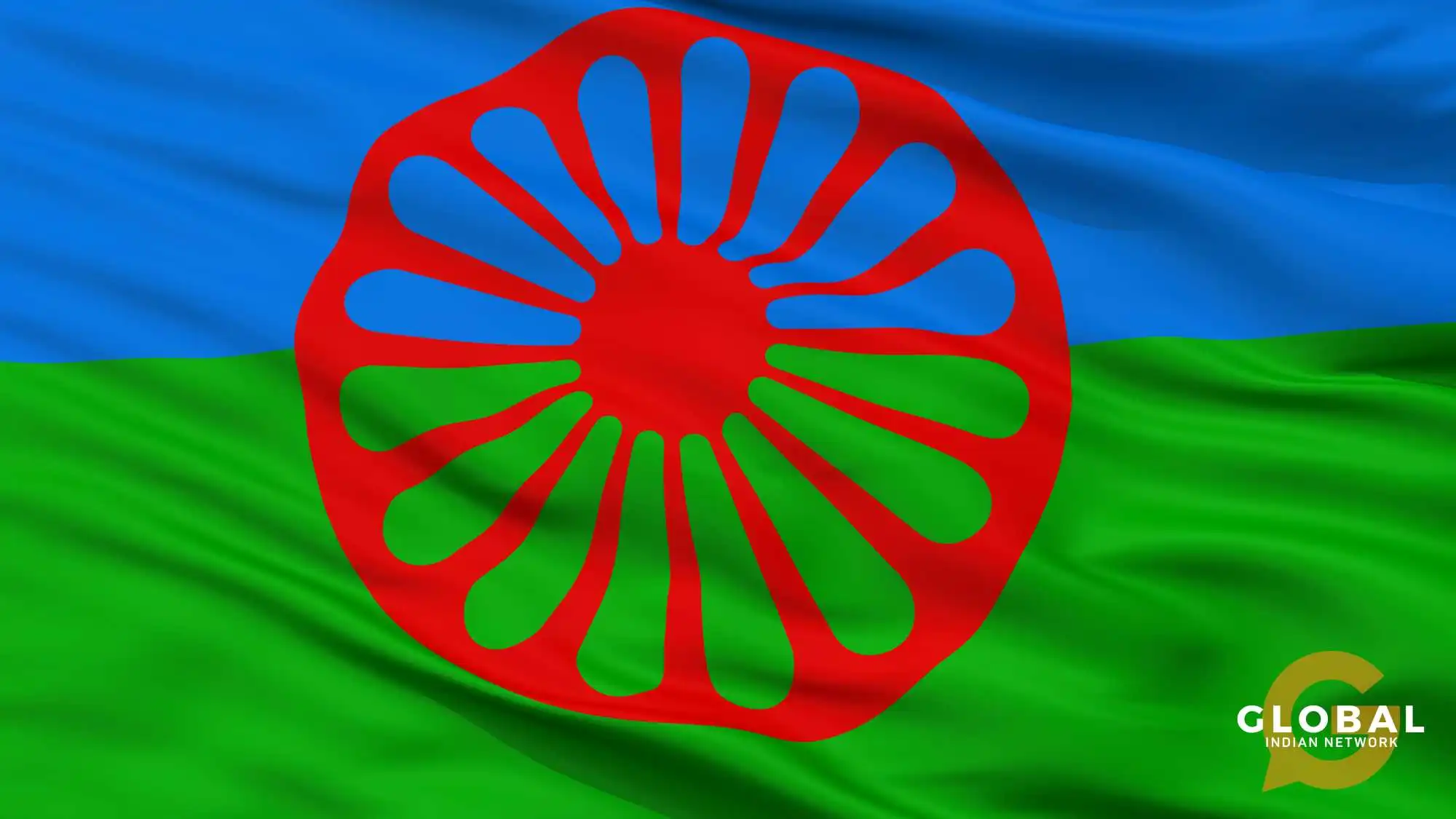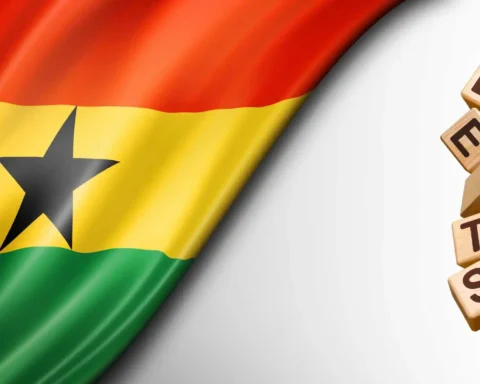The Roma, also known as Romani, are "the largest ethnic minority in Europe", with an estimated 10-12 million individuals residing in the continent. Despite their long history in Europe, the Roma have faced centuries of discrimination, persecution, and marginalisation, leading to significant challenges in accessing quality education, employment, healthcare, and housing. Recent anthropological research has sought to consolidate a solid sense of Roma identity in the modern world context, recognising the need to challenge negative stereotypes and discrimination associated with the community.
Read on to gain insight into the intricacies of Roma identity, culture, and the ongoing endeavours to foster inclusion and equality for this diverse and dynamic community.
Table of Contents
Who are the Roma?
The Roma people, also known as Romani, are an Indo-Aryan ethnic group primarily residing in Central and Eastern Europe, who traditionally lived nomadic lives, travelling from place to place in troops. The Roma people are not a monolithic group. They comprise several sects of migratory communities, each with its unique identity, dialect, and culture.
The Roma ethnic identity has never been singular and fixed but constantly shifts in patterns influenced by topography, community-specific ethos, and cultural osmosis. The largest of these populations are the Calé, who reached Anatolia and the Balkans in the early 12th century. Other significant Romani populations include the Finnish Kale in Finland, the Welsh Kale in Wales, the Romanichal in England, the Sinti in Germany, and the Kosovan Roma in Kosovo.
Their historically nomadic identity existence has kept them at the peripheries of the modern nation-state, and their place within the national discourse has undergone countless shifts in recent decades, with questions of how to integrate them into the broader society. Despite their marginal existence, the Roma have left their indelible mark through their rich cultural heritage, including music, traditions, and languages, which have made their way into modern creative forms.
Listen To This Podcast: Hidden History of the Roma Community with Terezia Rostas
Origins
The origin of the Roma can be traced back to northern India, particularly the present-day Rajasthan region. Linguistic and genetic evidence suggests that the Roma people migrated from Northwestern India around the 1st to 2nd century AD and eventually settled in Anatolia (Asia Minor) and the Balkans by the early 12th century.
From these regions, they spread across Europe, spanning areas like Turkey, Greece, Serbia, Romania, Moldova, Albania, Bulgaria, North Macedonia, Hungary, Slovakia, and Spain, and later, in the 19th century, even migrated to the Americas, particularly the United States and Brazil.
The Roma's migration routes likely encompassed Persia, Armenia, and the Balkans, with a consensus on their arrival in Eastern Europe around a thousand years ago. The Roma's dispersion throughout Europe involved various migration waves, which led to the formation of socially distinct endogamous groups within the community.

Language
Linguistic theories reaffirm genetic findings that strongly point to the Indo-Aryan origin of Roma. A vast majority of Roma speak variants of the Romani language, which belongs to the family of neo-Indian languages with close roots in Hindi and Prakrit. Romani is a macro language comprising seven distinct dialects, including Vlax Romani, Balkan Romani, and Sinte Romani.
Additionally, some Roma who have become assimilated as citizens speak the predominant language in their country of residence. Some Romani communities also speak mixed dialects, born from intermingling the language of surrounding dominant cultures with retained Romani-derived vocabulary.
Romani has been recognised as a minority language in several European countries, with an estimated 4.6 million speakers worldwide in 2015. However, the language is classified as Vulnerable by the UNESCO Atlas of the World's Languages in Danger (2010). The language is known as "the Romani language" or "rromani ćhib" among Roma communities, which derives from the Romani word "rromanes," meaning "a member of the (Romani) group" or "husband".
Language is a vital artefact for the preservation of any cultural identity. International Romani Language Day, observed on November 5th, is an important cultural landmark that aims to commemorate the cultural heritage and language of the Roma community for future generations. Despite facing historical challenges and discrimination, the Roma people have preserved their unique culture, language, and traditions, adding richness to the diverse European ethnic tapestry.
History of Marginalisation
The history of the Roma in Europe spans centuries marked by systemic discrimination, persecution, and even enslavement. Since they migrated from India approximately six hundred years ago, the Roma have faced social, economic, and political discrimination in varying degrees, including social exclusion, expulsion, and imprisonment across Eastern Europe.
Although, historically, there were exceptions to this mistreatment - such as in the relatively tolerant, multiethnic Ottoman Empire and some romanticised portrayals in Hungarian and Russian literature - they were rare and without any substantial practical effect. The Roma's distinctive features - their dark skin, language, customs, their apparent statelessness and non-Christian faith - made them targets for discrimination and suspicion.
The 20th century augmented their suffering, notably during the Holocaust, where the Roma population in Nazi-ruled areas were subjected to policies mirroring those against Jews, resulting in mass deportations and extermination. Post-war efforts to address these atrocities were met with resistance, and discrimination persisted, including in legal proceedings.
Communist rule, for the Roma, was a double-edged sword. On the one hand, there was relative social security through "positive discrimination"; on the other, they faced forced assimilation and sterilisation, segregation, and repression of Romani culture. Roma in non-communist states saw no better, with pernicious social prejudice and challenges, which saw its worst culmination in the theft of Romani children in Switzerland and forced sterilisation in Norway and Sweden.
The post-1989 transition from Communism in Eastern Europe created a significant ethnic underclass, with over 5 million Roma experiencing the lowest status in terms of literacy, income, life expectancy, infant mortality, diet, representation in government, access to healthcare, education, and employment.
Western Europe and the United States, too, while offering new opportunities for political representation and cultural preservation, saw little amelioration with problems of stereotyping and racism, fostering discriminatory attitudes leading to pogroms, mob attacks, police brutality, and court prejudices against the Roma community.
What Comprises Roma Identity?
Roma identity is a complex and multifaceted construct, encompassing various aspects of cultural, political, linguistic, and social organisation. Conceptions of Roma identity have been shaped by historical and contemporary experiences as much as they have been constructed and deconstructed, understood and misunderstood through academic research, ethnic discourse, and political narratives in the modern liberal state.

Historical Conceptions
In the aftermath of the rise of modern nation-states, Roma individuals and groups lacked the traits these new Western countries sought to emphasise as fundamental to their national identity. Consequently, Roma were often viewed as either exotic outliers of modern civilisation or, worse, as unclean, indolent social parasites.
These prevailing perceptions of the Roma were perpetuated through travel accounts and reports penned by various European ethnographers and casual observers of social dynamics. On the flip side, exoticised notions of the community were perpetuated in concepts such as the 'noble savage', which valorised the outcast status of the Roma as a purer, uncorrupt state of existence.
Subsequently, Roma became the focus of study for anthropologists, linguists, and scholars of music and dance, intrigued by the presence of these seemingly primitive people within Europe's heartland. Their customs, traditions, and languages were documented, along with the folkloric elements of "Romani culture", as in the musical documentary film by Tony Gatif, Latcho Drom, which records the journey of the Roma from Rajasthan in India to Spain.
Culture and Tradition
The collective identity of the Romani diaspora in Britain is defined by shared cultural practices and traditions. These include a strong emphasis on family and kinship ties, reverence for older people, tight-knit community bonds, adherence to strict cleanliness standards, economic self-sufficiency, marriage, proficiency in martial activities like boxing and bare-knuckle fighting, music and storytelling, horse-keeping, and a sense of detachment from non-Romani individuals, known in Romani as "gadze."
These cultural markers serve as the foundation for understanding collective identity, and those who deviate from them may have their ethnic authenticity questioned. However, merely exhibiting these characteristics doesn't guarantee recognition as Romani, as bloodlines and kinship are considered crucial factors.
Roma as a Nation?
A stream of Roma nationalist discourse conceptualises Roma as not just an ethnic group but a 'Roma Nation,' capable of asserting their right to self-determination. This nationalist perspective contends that Romanies possess all the hallmarks of a nation: shared origins, common culture, history, and language, along with a sense of distinct identity and affinity to an ancestral homeland.
The roots of Romani nationalism can be traced back to the 1971 World Romani Congress in London, where Romani activists chose to self-identify as 'Roma', marking the beginning of a politically driven narrative aiming to redefine the Romani people from societal outcasts, labelled as 'Gypsies,' to a recognised ethnic group of a transnational community. The International Romani Union (IRU) was established during this congress, institutionalising Romani nationalism.
However, the concept of the Roma Nation is highly contested due to the significant fragmentation within the Romani diaspora. The interaction with various European populations has led to diverse lifestyles, customs, dialects and relationships with their countries of residence. The reunification of Romanies as a nation requires transcending the linguistic, cultural, and geographical divisions imposed by nation-states and an inorganic denial of their rootedness in the places they have lived.
Romani nationhood has taken various nationalistic forms, including adopting a national flag and anthem, trying to standardise the Romani language and establishing International Romani Day on April 8th during the fourth World Romani Congress in 1990. However, many scholars question the feasibility of describing such a divided group as a community, let alone a nation.
Challenges of Defining Roma Identity
Diaspora and migration have been a continuous experience for many Roma, beginning with the first escape through the Himalayas into Persia to families scattering between countries, cities, slums, or even roadside settlements in the present day. Many have settled in different parts of Britain, with diminishing ties to their homeland regarding politics, emotions, and economics. This displacement and territorial unfixity have significantly problematised the development of a distinct Romani common identity.
The Roma lack strong territorial attachments to a specific homeland and do not express a longing to return. Instead, their diasporic identity is marked by a "homing desire," reflecting a need to belong to an identity grounded in historical origins. This concept extends to the idea of "liquid homelands," where deterritorialised diasporas lack conventional territorial reference points, leading to mobile and multi-located cultures with uncertain or virtual homes.
Preserving Roma Identity in the Modern State
The migration discourse in contemporary Europe largely favours integration, prioritising the citizenship or social inclusion paradigm and often leaning towards complete assimilation, where migrants are expected to sever all cultural ties. Despite facing such policies, the Roma have persisted as a distinct people, maintained their ambivalent identity, resisting assimilation and preserving their cultural heritage.
Roma identity is strongly characterised by nomadism and the experience of journeying through past, present, and future homes. While the past holds nostalgic memories of something lost, the future holds the promise of better socio-economic conditions. In essence, they are a transborder "nation without a state", rooted in their specific topos and united by their shared Romani culture and ethos.
You Might Be Interested In: Roma Community Activism and the Pursuit of Belonging: Insights from Grattan Puxon
Conclusion
The Roma diaspora is not unified by common culture or conflict but by diverse lived experiences. While attempts are made to construct a homogeneous Roma identity, it is evident that "Romaniness" varies depending on intersecting social identities. Factors such as migratory history, national identity, religion, education, lifestyle and social privilege influence how Roma identities are perceived and experienced. As debates on Roma identity continue, it's essential to recognise and respect the diversity within the Romani diaspora while advocating for their rights to self-determination and cultural preservation in a rapidly changing world.

FAQs
Who are the Roma in Europe?
The Roma are an ethnic group with origins in northern India, now dispersed worldwide, notably in Europe. They speak Romani dialects and have a diverse cultural heritage, maintaining unique traditions and languages. The Roma community is estimated to be between 10 and 12 million in Europe, with significant populations in various countries across the continent.
What nationality is Roma?
The Roma people are not defined by a single nationality. They are an ethnic group with roots tracing back to various regions of Europe and South Asia. The Roma diaspora is spread across multiple countries, and individuals may hold citizenship in the countries where they reside. However, the Roma often identify with their Romani ethnicity rather than a specific nationality.
Are Roma and Gypsy the same?
Roma and Gypsy are often used interchangeably, but they are different. The term "Roma" refers specifically to the largest subgroup within the broader Gypsy ethnos, while "Gypsy" is a more general and sometimes pejorative term used to describe the Roma people and related groups.











[…] industries. Through their work and hospitality, the immigrants fabricated a unique culture and identity as Jews within […]